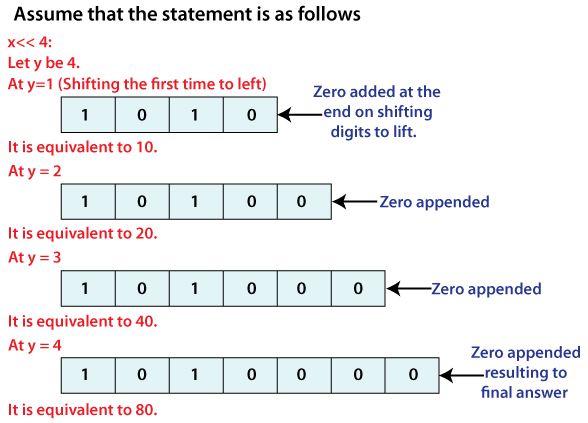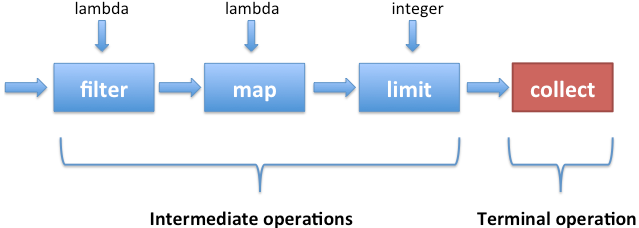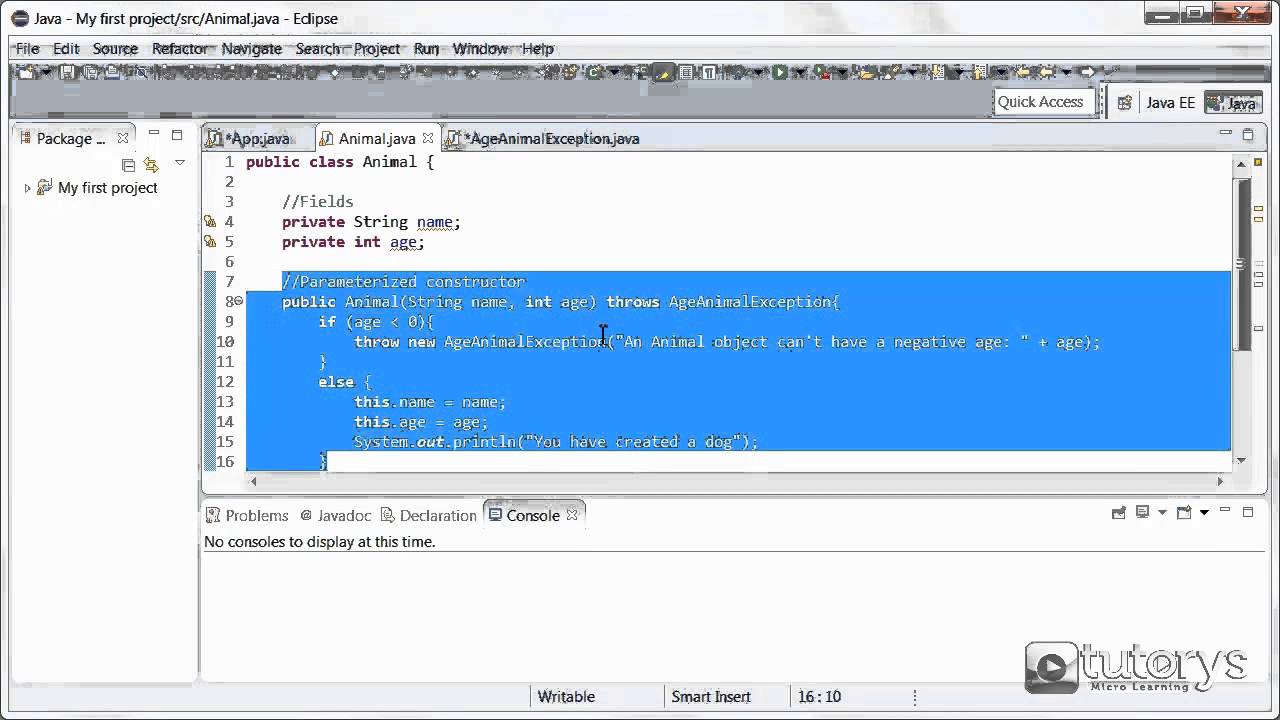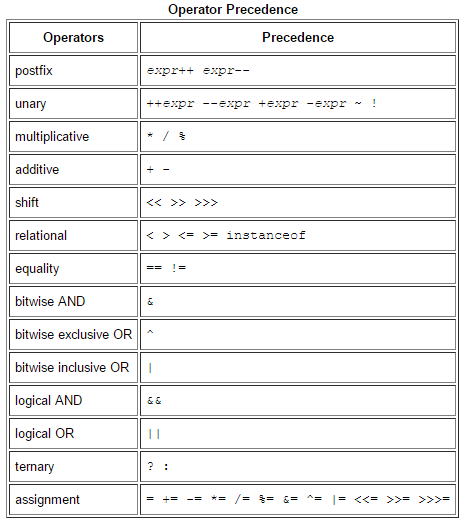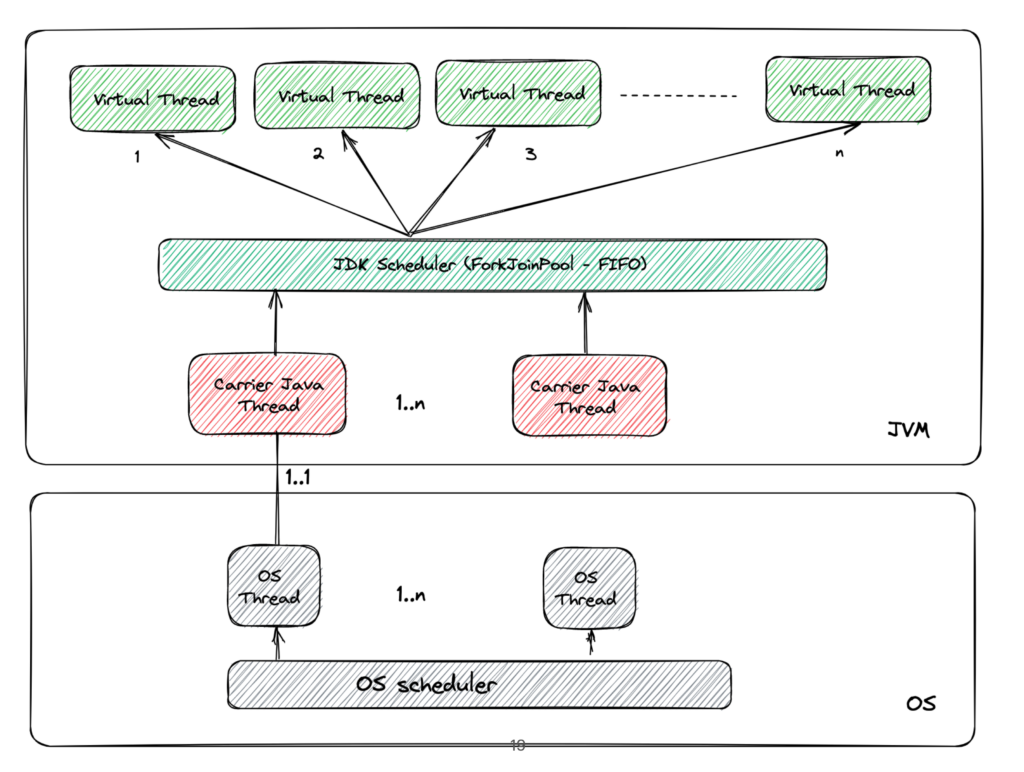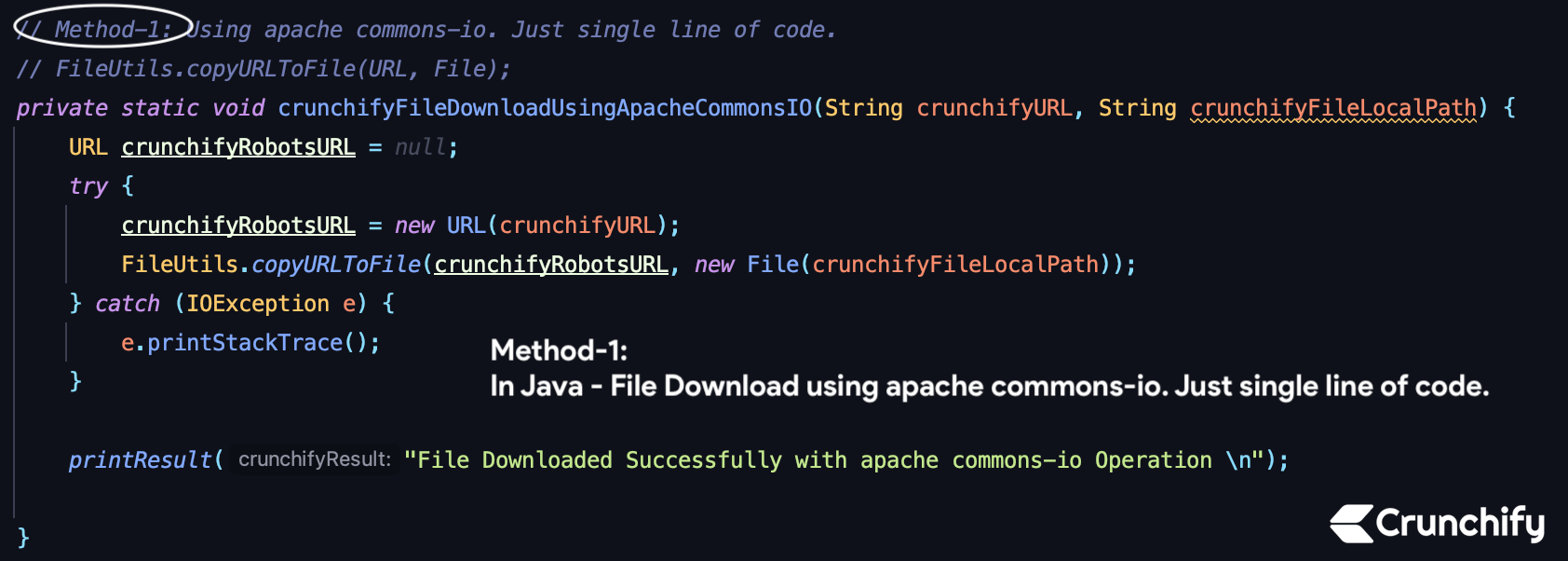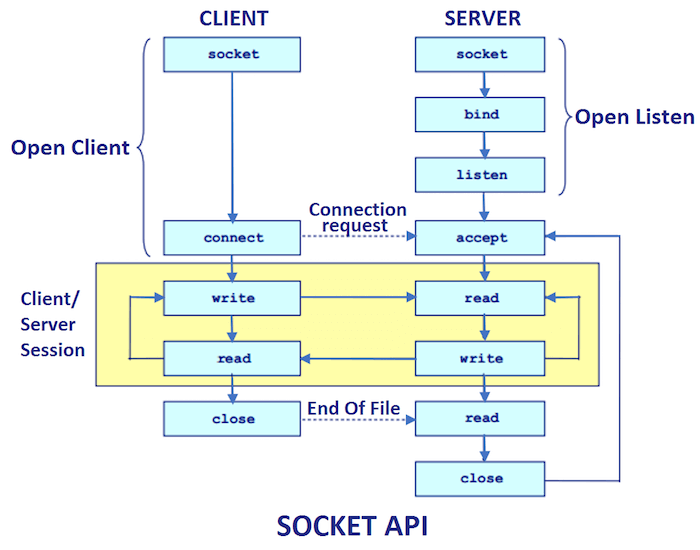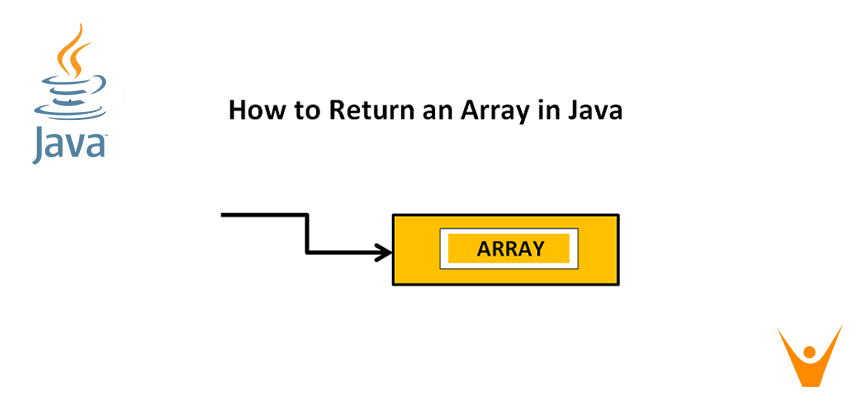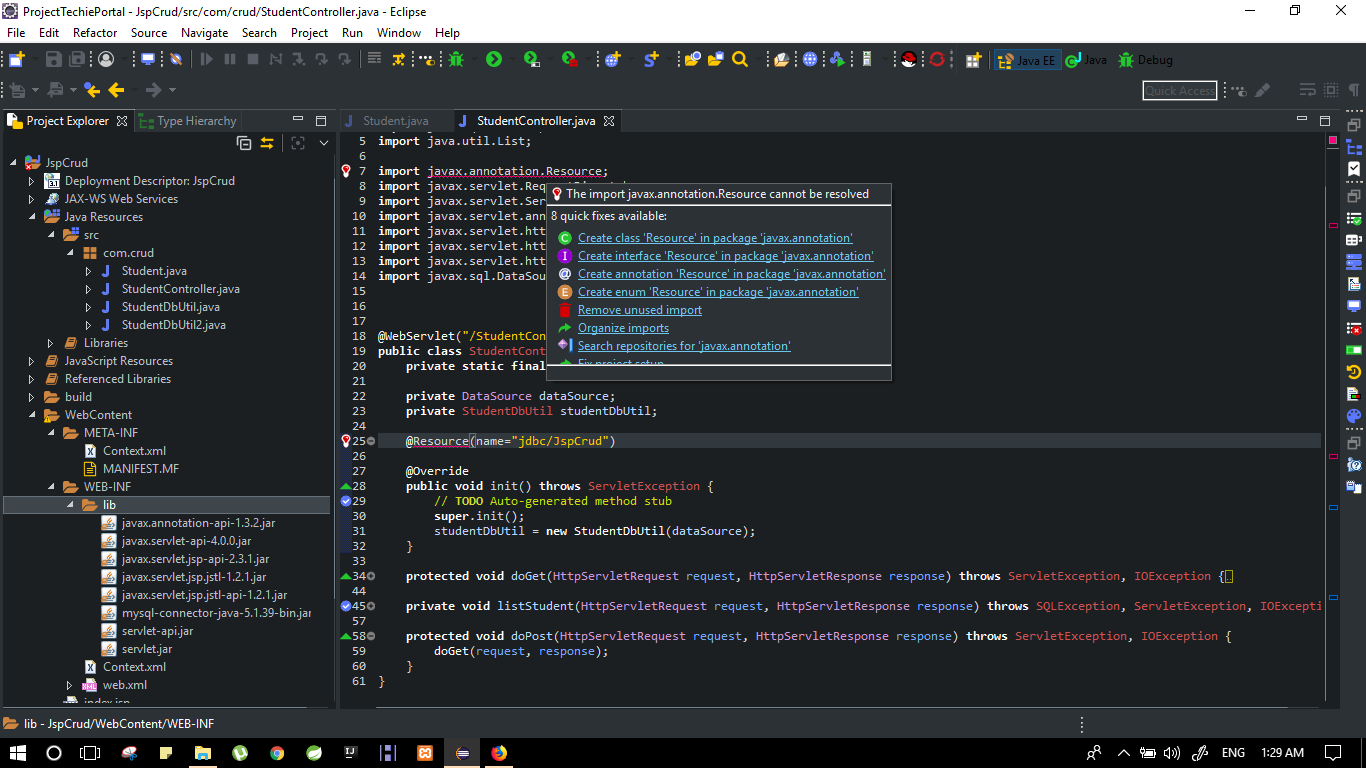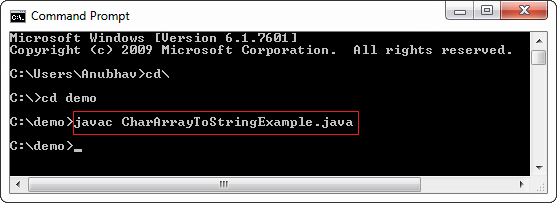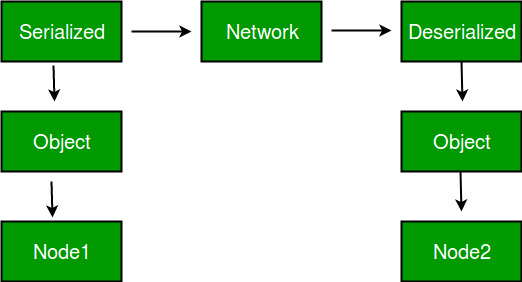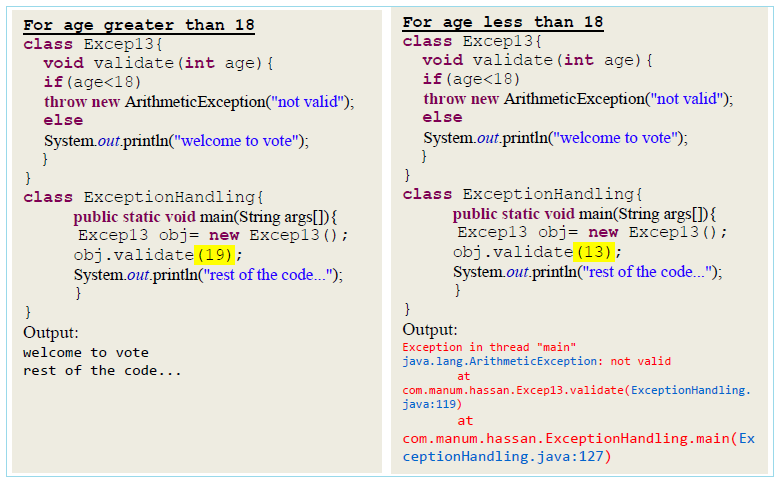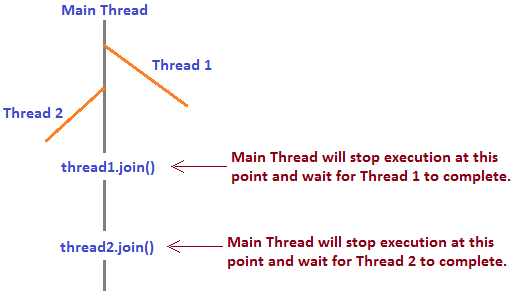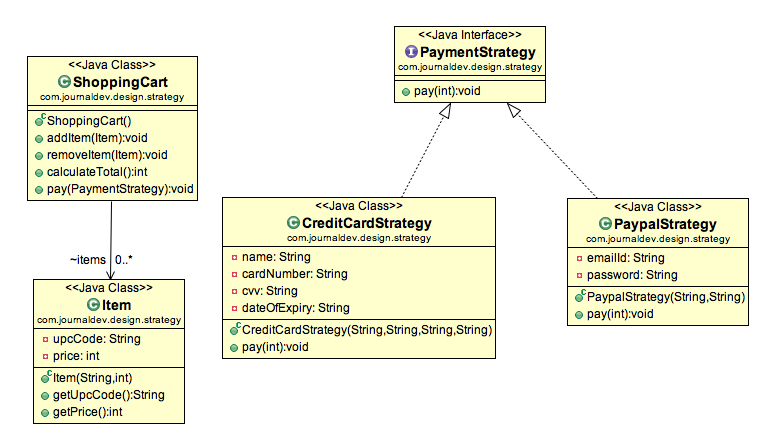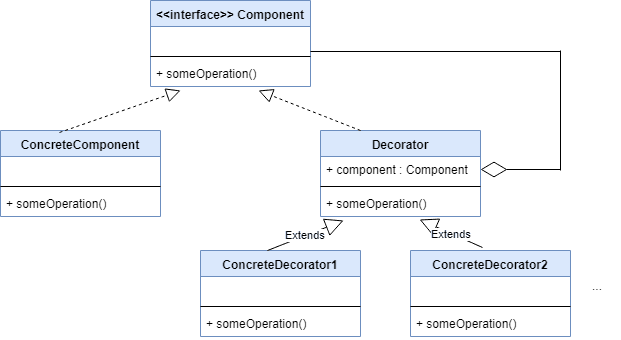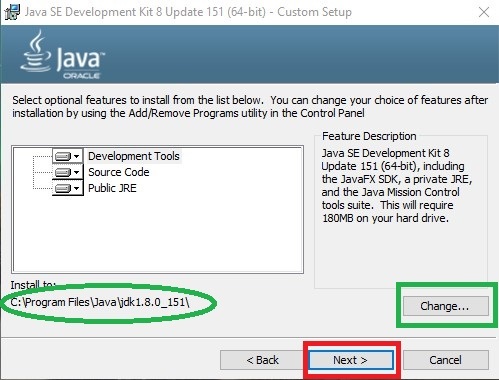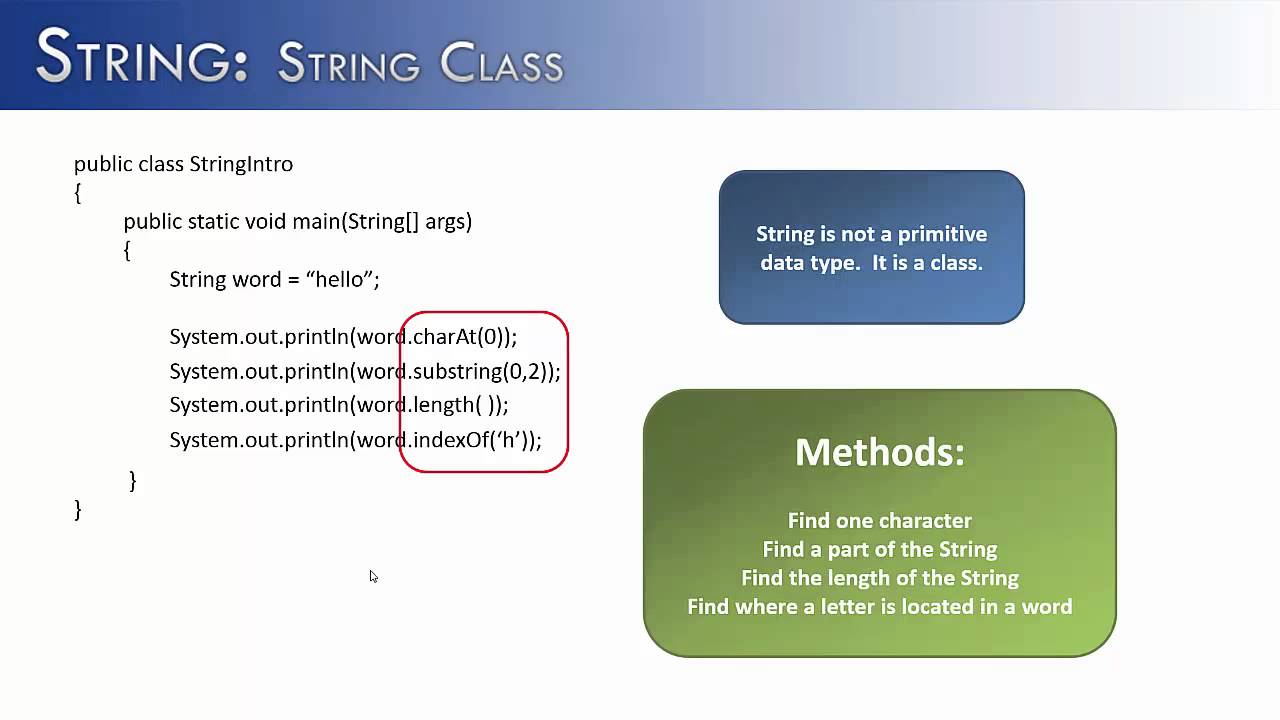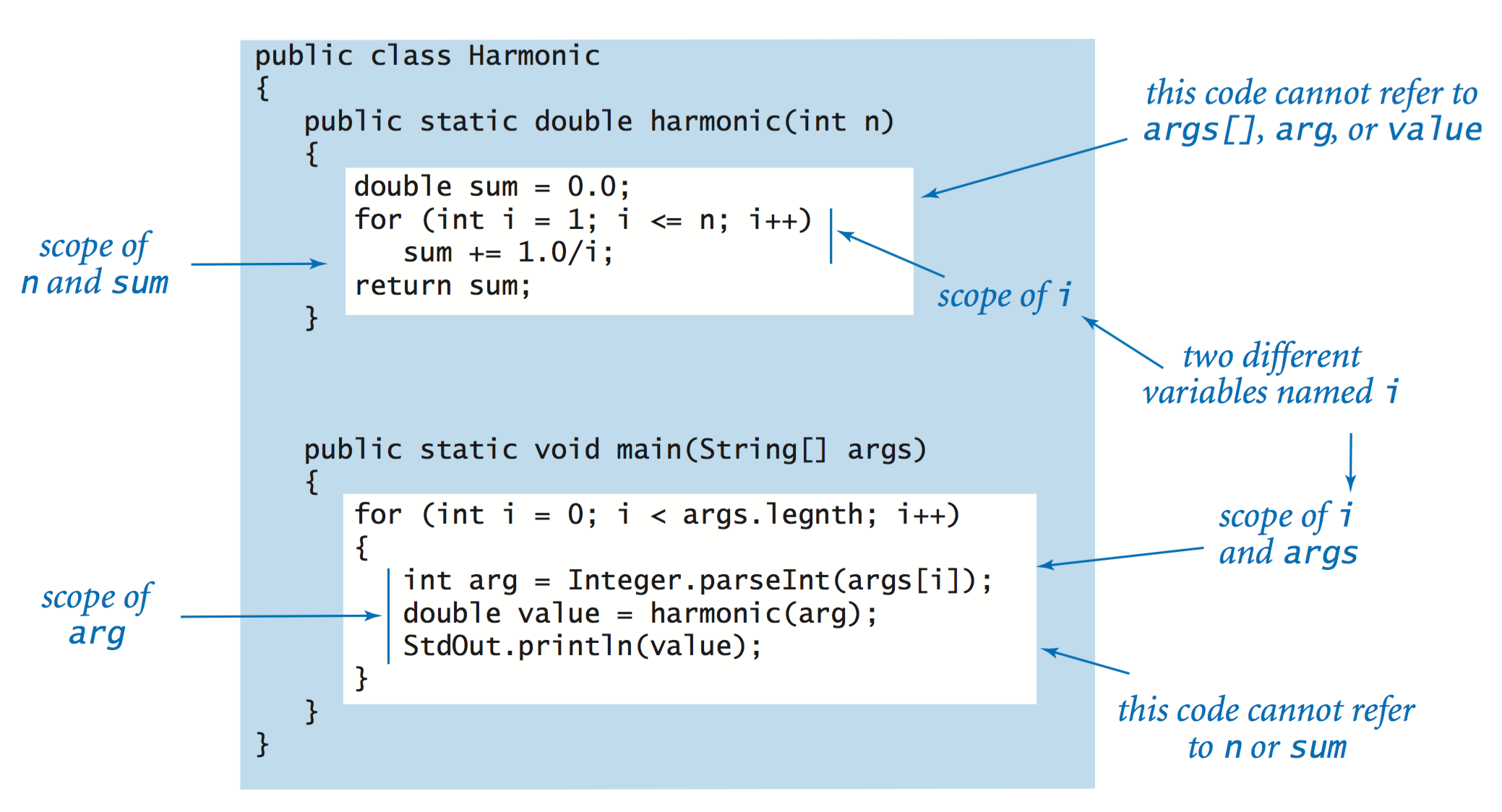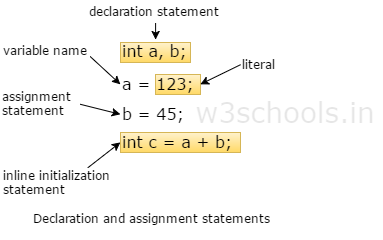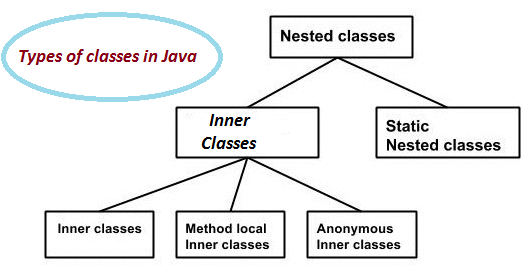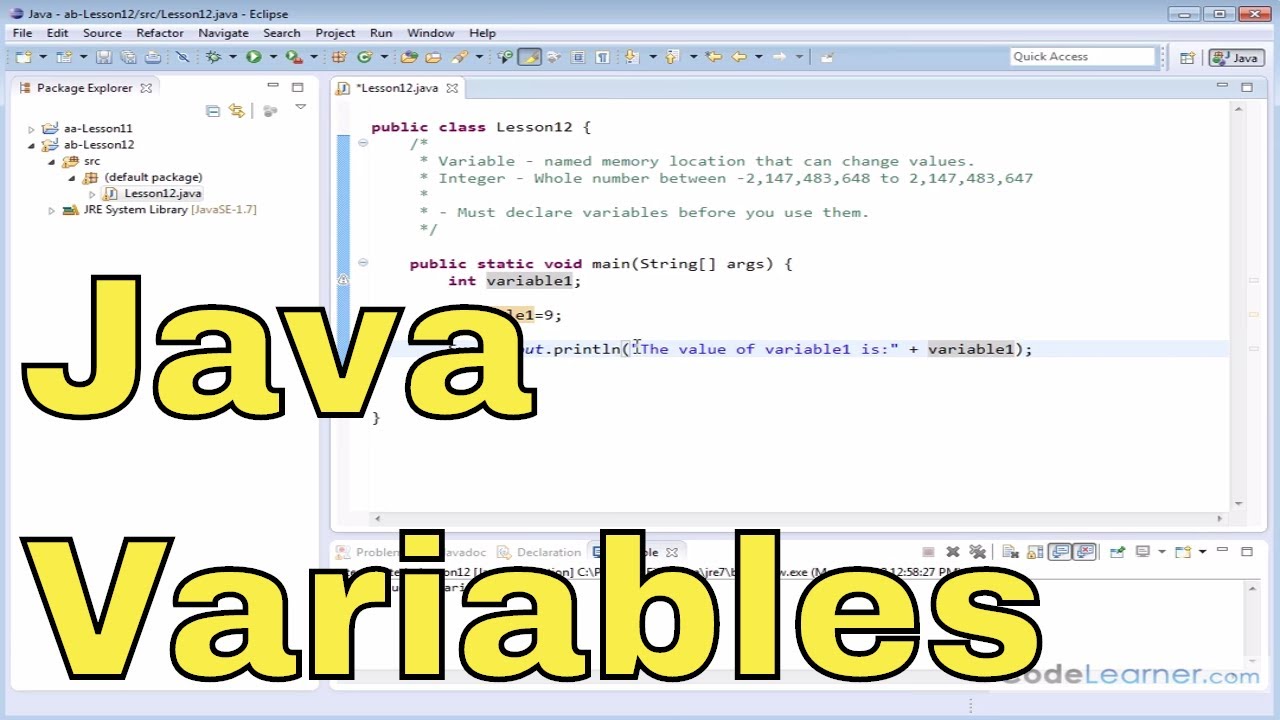Java Thread vs Runnable
Java Thread vs Runnable
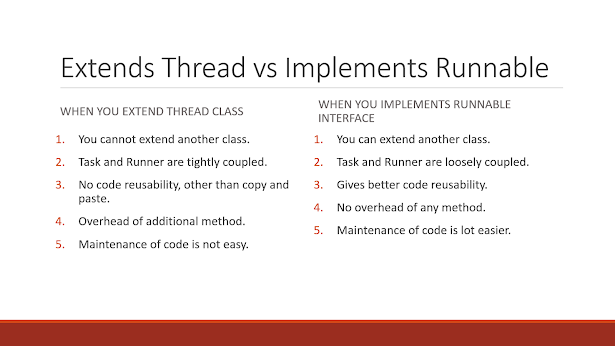
The age-old debate: Java Thread vs Runnable. Which one should you use? In this response, we'll dive into the details of each and explore when to use which.
Runnable
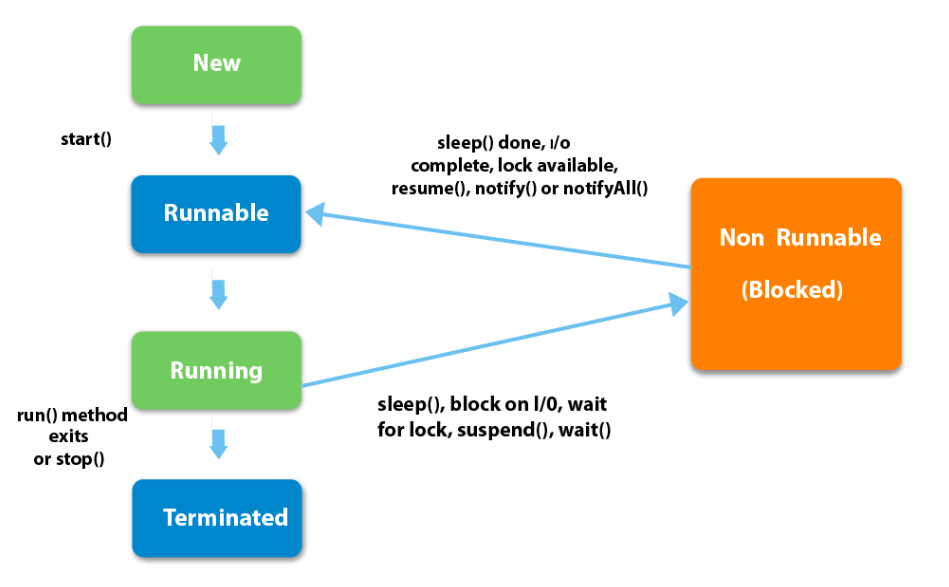
A Runnable is an interface that defines a single method, run(), which contains the code to be executed. When you create a Runnable instance, you pass in a reference to your implementation of the run() method. This allows for greater flexibility, as you can implement the run() method independently of the thread creation process.
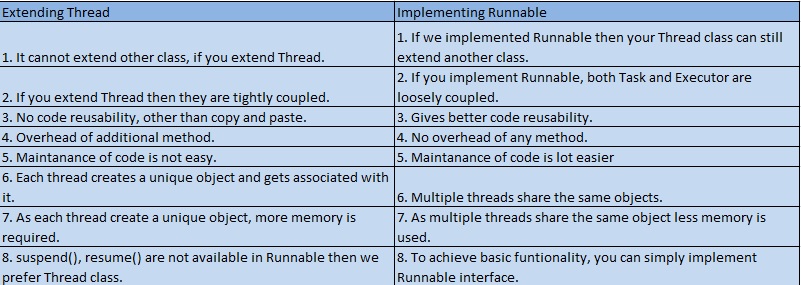
Here's an example of creating and starting a Thread that runs a Runnable:
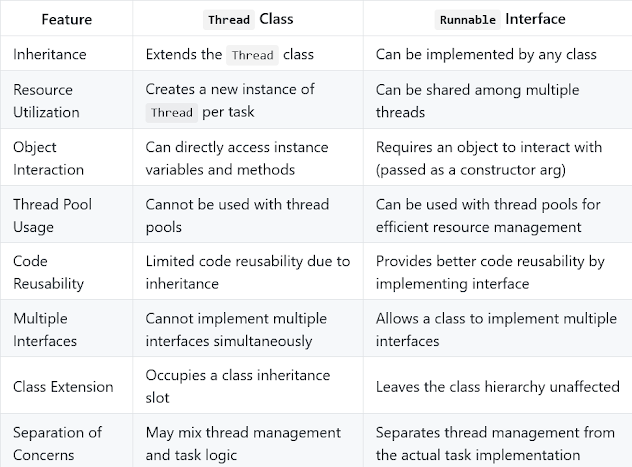
public class MyRunnable implements Runnable {
public void run() {
System.out.println("Hello from MyRunnable!");
}
}
public class Main {
public static void main(String[] args) {
Thread t = new Thread(new MyRunnable());
t.start();
}
}
Thread
A Thread is a class that represents an individual thread of execution. You can create a Thread instance and start it, passing in the code to be executed as a Runnable. Alternatively, you can extend the Thread class and override the run() method.
Here's an example of extending the Thread class:
public class MyThread extends Thread {
public void run() {
System.out.println("Hello from MyThread!");
}
}
public class Main {
public static void main(String[] args) {
MyThread t = new MyThread();
t.start();
}
}
When to use each
So, when should you use Runnable and when should you use Thread?
Runnable: When you need more control over the thread creation process. This is especially useful when working with threads in a concurrent or parallel programming context. Runnable instances can be used with any type of thread (e.g., Thread, ThreadPoolExecutor, etc.). Use Thread: When you want to encapsulate your code within a thread, and you don't mind the added complexity of implementing the run() method directly in your class. This is useful when working with threads that have a specific lifetime or scope.
Key differences
Here are some key differences between Runnable and Thread:
Runnable is an interface, while Thread is a class. Code execution: Both can execute code, but Runnable requires you to implement the run() method, whereas Thread allows you to extend its run() method directly. Thread creation: You can create and start a Thread instance without implementing Runnable, whereas you need to implement Runnable when creating a thread that runs your code.
In conclusion, while both Runnable and Thread can be used for threading in Java, the choice between them depends on your specific needs. If you need more control over thread creation or want flexibility in thread usage, use Runnable. If you prefer to encapsulate your code within a thread, and don't mind the added complexity, use Thread.
Hope this helps clarify things!
Run() method in Java
Here's an explanation of the run() method in Java:
The run() method is a fundamental concept in multithreading in Java. It's called when a thread starts executing, and it's responsible for performing the actual work that needs to be done by the thread.
In essence, the run() method is where you put your code that you want to execute concurrently with other threads or simultaneously with the main thread of your program. When a thread is created using the Thread class, the run() method is automatically called when the start() method is invoked on the thread object.
Here's what happens behind the scenes:
Thread Creation: You create a new thread by extending the Thread class and overriding its run() method or by implementing the Runnable interface. Start Method Invoked: When you invoke the start() method on your thread, it sets the thread's state toRUNNABLE. run() Method Execution: The JVM then schedules the thread for execution and calls the run() method. This is where the magic happens!
Inside the run() method:
@Override
public void run() {
// Code that you want to execute concurrently goes here!
System.out.println("Thread is running!");
}
In this example, the run() method simply prints a message to the console indicating that the thread is executing. You can replace this with your own code, such as performing calculations, sending network requests, or even updating graphical user interfaces (GUIs).
Here are some key points about the run() method:
It's not blocking; it continues running until it completes or is interrupted. It returns void, so there's no need to explicitly return any value. You can use locks (synchronizers) and monitors to coordinate execution with other threads if needed.How to Implement the run() Method:
To implement the run() method in Java:
Extend Thread class: Extend the Thread class by subclassing it, or Implement Runnable Interface: Implement theRunnable interface
// Extending the Thread Class
public class MyThread extends Thread {
@Override
public void run() {
// Code that you want to execute concurrently goes here!
}
}
// Implementing the Runnable Interface
public class MyRunnable implements Runnable {
@Override
public void run() {
// Code that you want to execute concurrently goes here!
}
}
Why Use the run() Method?
The run() method provides a way to encapsulate your thread's behavior, making it reusable and easier to manage. By providing a clear separation between the thread's creation (start) and execution (run), you can keep your code organized and maintainable.
In summary, the run() method is an essential part of Java multithreading. It allows you to define what your thread should do when started, enabling concurrent execution of tasks within your program!

